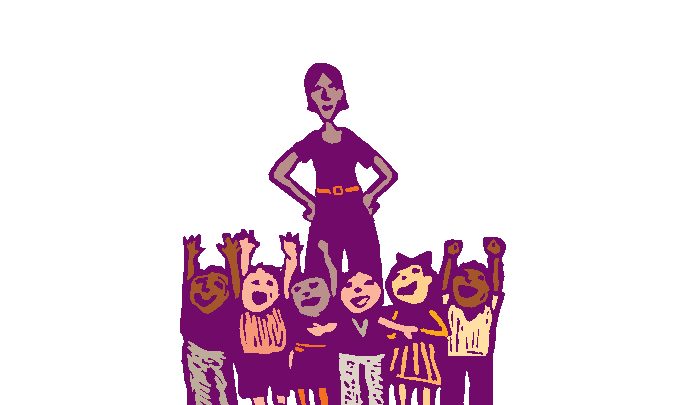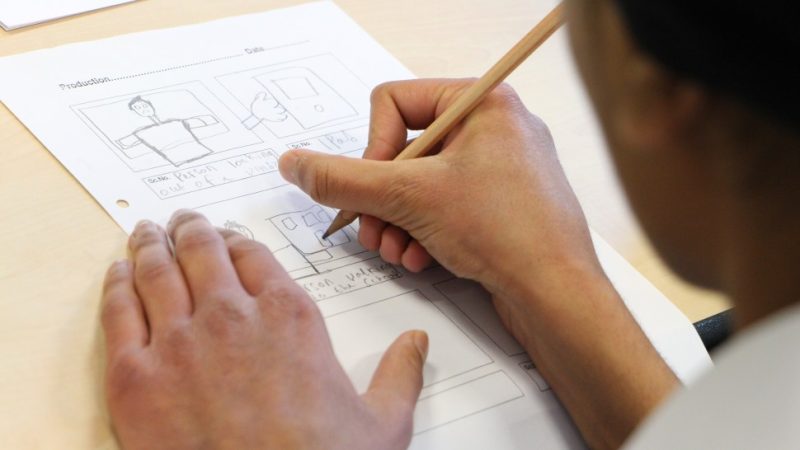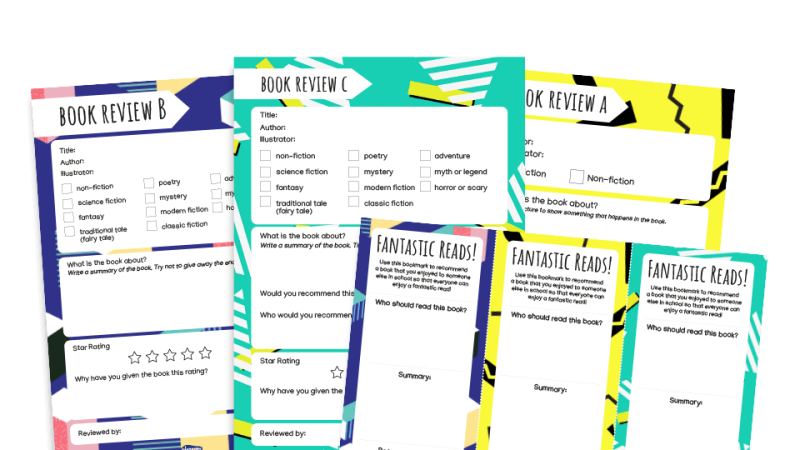“All Practitioners Working With Young Children Are Teachers. It’s Important They Are Aware Of This”

A Q&A with Jo Baranek of the NDNA on developing quality in your Early Years setting
- by Jo Baranek

How do children learn effectively? In order to learn effectively, children must be motivated, engaged and able to think for themselves. Crucially, practitioners must know their children well in order to facilitate this. Speak to parents in the first few weeks after a child arriving, then observe them in order to understand what they like to do, who they like to play with and where. Do they have any particular interests? Do they dress up as superheroes or chat about Paw Patrol?
Once you know what interests and motivates your children, that’s half the battle. Then you can create the best conditions for them to be engaged and excited in learning.
What is quality early years teaching, and why is it important? Quality is very subjective but it’s about teaching children effectively. A key part of this is knowing what your team’s understanding and perceptions of quality are and finding a common ground that you all work towards. Teaching is not just for teachers; all practitioners working with young children are teachers. It’s important they are all aware of this and how to improve the quality of their interactions.
It’s important because, firstly, higher quality teaching makes for better outcomes for children, as practitioners are more responsive to their needs. Secondly, there’s an Ofsted judgement about the quality of teaching and what they are looking for – in other words, how you follow the EYFS and what that means in practice.
Don’t we just need to follow the EYFS, then? It’s not just about following the EYFS but also taking ownership of it. The EYFS is a framework on which to build, an educational tool for you to use. You have to be more proactive than reactive – think of your learning environment and getting the best possible outcomes for your children. This means creating the correct environment and engaging the children in child-led learning.
How can child-led learning reach our goals effectively? Child-led learning is a balance between child-led and adult-led, and is different for each child. A child will lead their activity the way they want to, but you need to make sure you monitor the outcomes they direct towards. For example, you want to make cards with the children but one child goes outside and finds a spider’s web – discuss and explore this then suggest they use that in their art work. Use what a child is interested in and adapt that to your own activities.
How can you teach a big group if you are child-led? A group of 10 children won’t want to go off in 10 different directions with an activity, but try to incorporate the overall theme of your activity into what they want to do. Let children have their own autonomy over the activity. It takes time to build confidence as a teacher, but it will bring great outcomes. Know the theory but be prepared to make it work in practice for all children.
What is scaffolding learning? This is supporting children bit by bit to reach a specific goal, with the teacher acting as the scaffolding. Teachers begin with a child on the most basic level, supporting them carefully all the way as they grow in confidence and rise to the challenge.
A good example is learning to use scissors. Start with showing children how scissors work and what you can do with them. Then use dual scissors and help them learn new skills. With prompts and encouragement, give them tasks to do on their own and eventually supervise them to cut up a variety of complex shapes and materials.
How can we persuade Ofsted of our quality? This is all about confidence – in your own abilities and in your teaching quality and methods. The more confident you are, the better you can demonstrate and discuss it with an inspector. By speaking with parents about what you do, discussing it at staff meetings and within your team, you will build your confidence up.
When planning for the future, think about why you are doing everything first before you do it – what are you hoping to achieve? Show that you know the children best and that therefore you can offer them quality learning experiences which bring the best outcomes for them.
Jo Baranek is Lead Early Years Adviser at NDNA.
NDNA’s face-to-face course on quality will support all practitioners working in early years settings to become more effective teachers. Currently it deals with the EYFS only, but it will soon be adapted for those in Wales and Scotland too. The course refers closely to the Ofsted inspection handbook so practitioners can see what can be inspected by Ofsted and the kind of questions they will ask. Themes include scaffolding learning, challenging and questioning; teaching and the Characteristics of Effective Learning; and the Common Inspection Framework. Visit ndna.org.uk/training.










